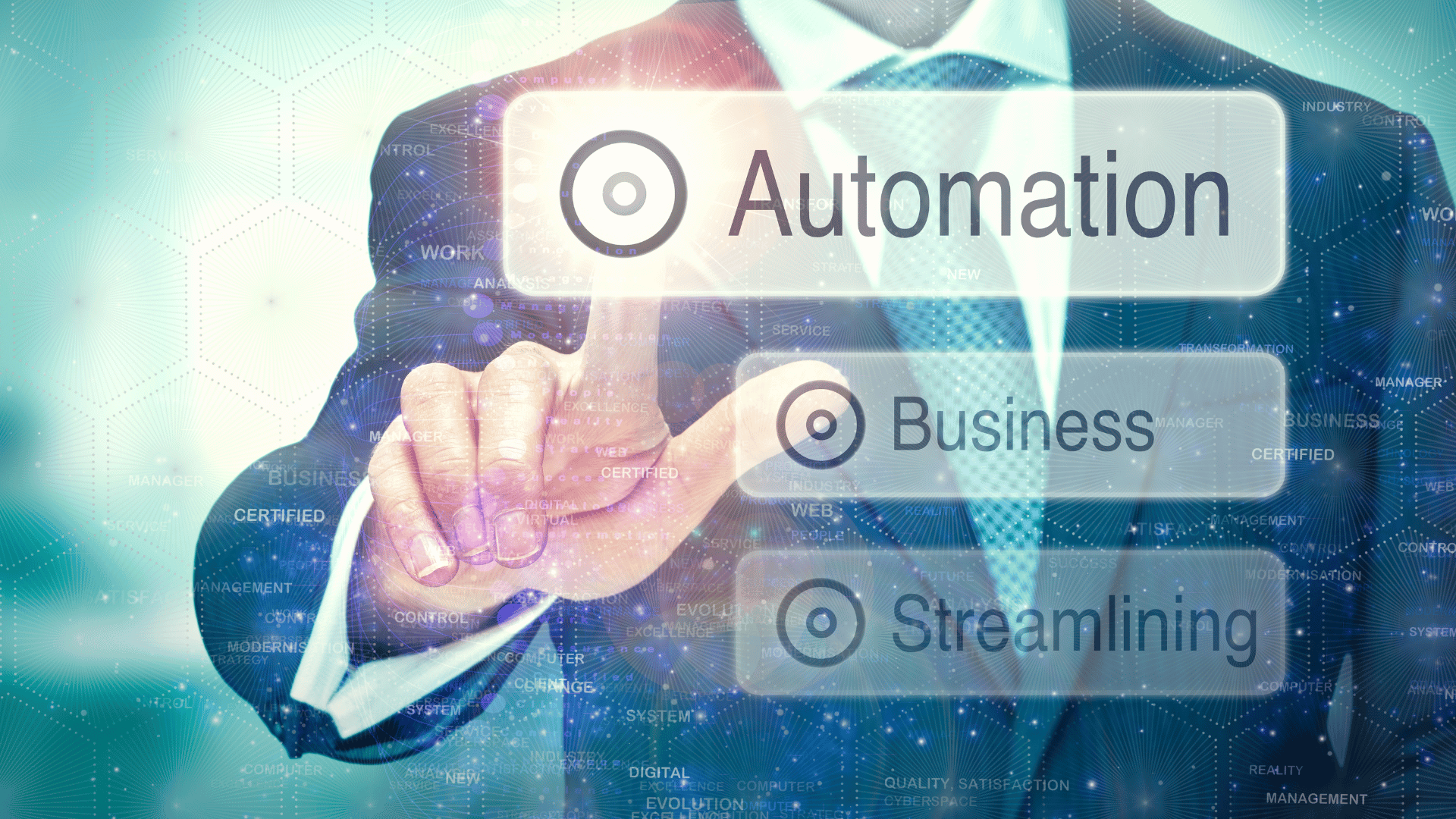From Paperwork to Productivity:
The Power of Medical Billing Automation
Introduction
In the ever-evolving world of healthcare, the need for efficient and accurate medical billing processes has never been more critical. Medical billing is the lifeblood of healthcare providers, ensuring they receive timely reimbursements for the vital services they offer to patients. However, the traditional manual methods of medical billing are not only time-consuming but also prone to errors that can have far-reaching consequences.
Enter the era of medical billing automation—a transformative force that promises to streamline and revolutionize the way healthcare organizations handle revenue cycle management. With the integration of cutting-edge technology, artificial intelligence (AI), and innovative software solutions, the healthcare industry is witnessing a profound shift towards a more efficient, accurate, and cost-effective approach to medical billing.
In this guide, we will dive deep into the world of healthcare and medical billing automation, exploring its significance, benefits, and the remarkable impact it is having on healthcare providers, insurers, and most importantly, patients.
If you are short on time and would like to read an abbreviated version of this guide, we encourage you to read our blog post about automating medical billing.
What Can Be Automated?
Let’s start with a discussion of what aspects of the medical billing process can be automated.
Intake Forms: Limiting paperwork should be a goal of any medical practice. Practices everywhere are now using intake forms connected to their EMRs that simplify the check-in process and enable seamless data collection with no effort needed on the part of your team. Instead of plugging the information on a paper form into your system, you can simply have your patients submit their information and watch it enter your records automatically. This makes life easier for everyone involved!
Eligibility: A growing trend in the healthcare industry is the rise of eligibility automation. Automated systems are able to verify coverage upfront, enabling providers to bill more accurately and promptly. This leads to faster reimbursement, improved cash flow, and a more efficient billing process.
If you would like to read more about the impact of automated eligibility and prior authorization, check out our recent blog post.
Claim Submission and Management: Once a patient’s information and treatment details are documented, medical billing software is able to generate a claim including all the necessary information for reimbursement. Automated billing software can submit claims electronically to insurance companies, eliminating the need for paper forms. This process, known as Electronic Data Interchange (EDI), accelerates claim submission and reduces the risk of errors associated with manual data entry.
From there, systems can track payments, adjustments, and denials, all in real time. Some medical billing software can also automatically post payments to patient accounts and generate patient statements for any remaining balances.
Reporting and Dashboards: Medical billing automation enables businesses to say goodbye to manually updating reports and dashboards in their software solution. Simply connect your reports to your data, and watch the information flow through and update in real-time. Without real-time reporting and reliable dashboards, your business is likely to struggle to make informed business decisions.
How Can Medical Billing Automation Impact Your Business
The impact of medical billing automation on both practices and outsourced billers cannot be underscored. Here are some of the key benefits businesses derive from automating parts of the medical billing process:
Error Reduction/Improved Accuracy: Simply put, automation reduces human errors in data entry and coding. This leads to more accurate billing, fewer claim denials, and quicker reimbursements for healthcare providers. Even the best coder in the world will make manual errors from time to time that can be costly. Automation eliminates human error and ensures reliable performance.
Efficiency and Scalability: In addition to being more accurate than human coders, automated systems can process and submit claims much faster than a person. When your practice is submitting claims faster and more accurately, it is all but certain to see an improvement in financial performance.
Automation also enables your business to grow faster, without the need to hire additional staff members. Any practice or outsourced biller looking to embark on the path to growth should consider where they can save time and become leaner by automating troublesome manual processes.
Cost Reduction: By automating medical billing processes, practices and billers alike can cut down on labor costs associated with manual data entry and administrative tasks. This cost-saving potential is especially significant for smaller businesses. Keep in mind the cost of reworks as well. Any incorrect claims are costing you time and money to re-submit and rectify. Automating the billing process can eliminate some of these headaches and ensure your business is operating in a financially efficient manner.
Streamlined Workflows: Automation streamlines billing workflows, making it easier for staff to manage claims, track payments, and follow up on denials or unpaid bills. This allows healthcare professionals to focus more on patient care, and less on administrative tasks. Your goal as a business should be to operate as efficiently as possible. Automated billing makes things easier for your staff, enabling them to focus more on serving patients.
Enhanced Cash Flow/Faster Reimbursement: Automated billing systems can process claims and submit them to payers swiftly, resulting in faster reimbursement for healthcare services. This is crucial for maintaining a healthy cash flow. A healthy practice is a practice that is getting paid in a timely manner. Taking advantage of automation where possible helps your business capitalize on cash flow optimization opportunities.
Promote Compliance: Tools that enable you to automate your medical billing often come with built-in compliance checks, helping businesses ensure compliance with billing regulations and guidelines. Automating the billing process reduces the risk of billing errors and fraud, which can have serious legal and financial consequences.
Most medical billing software can be easily updated to adapt to changes in regulations and billing codes. This flexibility helps healthcare providers stay compliant with shifting industry standards.
If your business wants to ensure compliance, we encourage you to check out some of EZClaim’s compliance partners!
Improved Patient Experience: Automation makes life easier – not only for your staff, but for your patients as well. Automated processes lead to patients receiving more accurate bills, which can improve satisfaction and reduce potential disputes. Additionally, automation enables your staff to spend more time working with patients, ensuring their visits are as pleasant as possible.
Access to Data and Analytics: By automating the billing process, you generate valuable data that can be used for financial analysis, revenue forecasting, and performance monitoring simultaneously. Every business should strive to make data–driven decisions, but many fall short because their data is inaccurate, or incomplete. Automation enables simple, accurate data collection that populates directly into reports and dashboards. From there, your business has the resources it needs to make wise decisions backed by accurate data.
Integration With Telemedicine: As telemedicine continues to become more prevalent, automation will play a crucial role in seamlessly integrating billing processes with virtual healthcare services. Data can be collected and claims can be generated and submitted during a virtual visit just like during an in-person visit, enabling practices to achieve more efficiencies and maintain flexibility.
Less Paperwork: There are few things more frustrating for a healthcare professional than a messy office drowning in paperwork. Not only is excessive paperwork hard to keep track of and a recipe for mistakes, it is wasteful. Automating the billing process makes your day-to-day in the office more convenient while limiting the risk of mistakes and also having a positive impact on the environment.
The Potential Drawbacks of Medical Billing Automation
For all of the value that automation brings to the medical billing process, it is not a panacea. If improperly configured, automating the medical billing process can turn into a disaster for a business. Here are some potential drawbacks of automation you should be aware of before you get started with this process. Something to note: essentially all of these potential pitfalls are avoided with proper planning.
Initial Costs: Implementing a medical billing automation system can be expensive. From purchasing software, training staff, and potentially overhauling existing systems to integrate with the new technology, the up-front costs of getting started with automation can be a significant barrier, especially for smaller businesses.
Complexity of Implementation: Integrating automation into existing healthcare systems can be a highly complex process. It may require changes to workflows and staff training, as well as customization to align with your business’s specific needs. The complexity of the implementation process can lead to delays and disruptions in your existing billing process if not properly executed. It takes a lot of time and consideration to effectively automate processes in the medical billing world. Be sure not to rush to solutions or take shortcuts, or you may be disappointed with the results.
Potential Lack of Flexibility: While automation can streamline many aspects of medical billing, it tends to lack the flexibility to handle unique or complex billing scenarios. Some claims, such as those involving rare procedures or non-standard treatments, will likely require manual intervention or customization. Although AI or other automation tools might be able to tackle the most complex of claims in the future, we are still a long way from that reality. However, automation is still incredibly effective at handling simple claims.
Continuous Updates and Maintenance: The healthcare industry is subject to frequent regulatory changes and updates to billing codes. Medical billing automation systems need to stay up-to-date with these changes to ensure compliance and accurate billing. This requires ongoing maintenance and software updates. Although it would be nice to have a completely “set it and forget it” automation solution, you will need to ensure your automation tools remain compliant and up-to-date.
Loss of Personal Touch: Automation can reduce personal interaction between healthcare staff and patients during the billing process. Your patients may have questions or concerns about their bills that are best addressed by a human rather than an automated system. There is still a critical role for people within your billing processes.
The Learning Curve: Your staff members may require time to adapt to the new processes, and there is likely to be a learning curve associated with using automation technology effectively. This can impact productivity during the transition period.
Potential For Overreliance: Relying too heavily on automation can lead to complacency on the part of your staff. Staff may assume that the software will catch every error, leading to potential oversight or negligence in monitoring claims. Remember, your billing will still require human oversight, even with automation in place.
Despite these potential drawbacks, when implemented thoughtfully and with the right safeguards in place, medical billing automation can greatly benefit healthcare organizations by improving efficiency, reducing errors, and enhancing the overall revenue cycle management process. It’s crucial for healthcare providers to weigh the pros and cons carefully and develop a strategy that best aligns with their specific needs and resources.
Conclusion
When approached with careful consideration and implementation, automation is a powerful tool that can revolutionize your healthcare practice or billing company. Robust automation significantly improves efficiency, minimizes errors, and streamlines the revenue cycle management process. By harnessing the capabilities of automation, healthcare providers can improve their operational efficiency while redirecting their focus towards what truly matters—providing quality patient care.
However, the key lies in finding the right balance. Healthcare providers and outsourced billers must remain vigilant, not losing sight of the human touch and expertise that remains essential in managing complex or unique billing scenarios. It is incumbent upon them to continually adapt to changing regulations and maintain the highest standards of data security and patient privacy.
Ultimately, medical billing automation is a valuable asset that, when utilized properly, can help healthcare organizations thrive. By taking the time to plan their implementation and utilizing automation in a manner that aligns with their specific needs and resources, healthcare providers can unlock the full potential of this transformative technology.
If you are looking for a software solution that makes automating aspects of the medical billing process easy, EZClaim is the RCM solution for you! Our cost-effective, easy-to-use software enables your business to better manage its medical billing and revenue cycle, ensuring you have all the tools you need to succeed. Request a free consultation today to learn more about EZClaim and how we can help your business.
Simplify Medical Billing with EZClaim—Schedule Your Call Today!
EZClaim software is affordable, easy to use, and designed to simplify and support providers and billers with every aspect of the medical billing and scheduling process. Schedule a call today to see how it can meet your needs!





